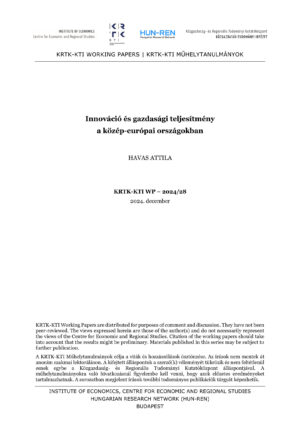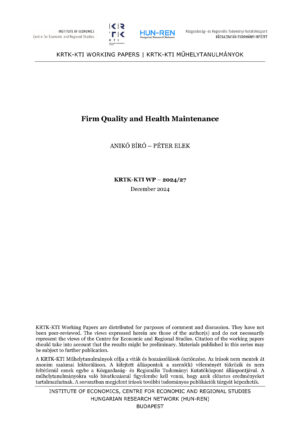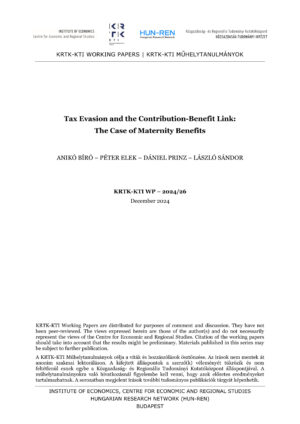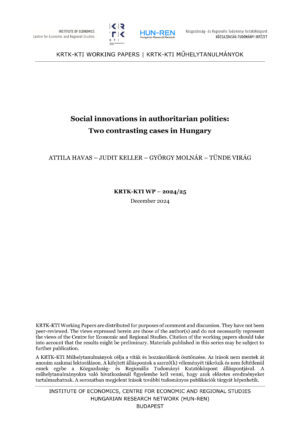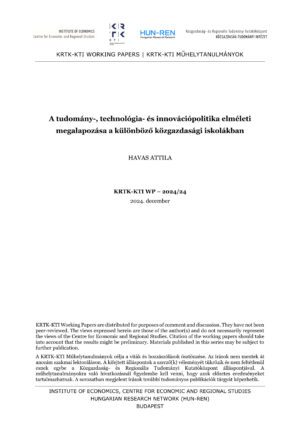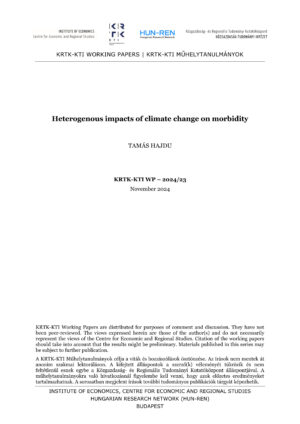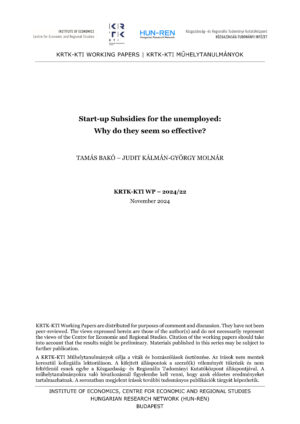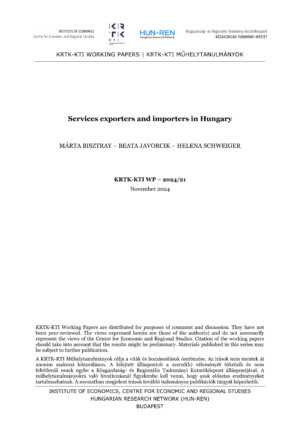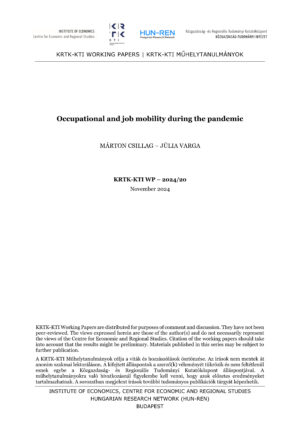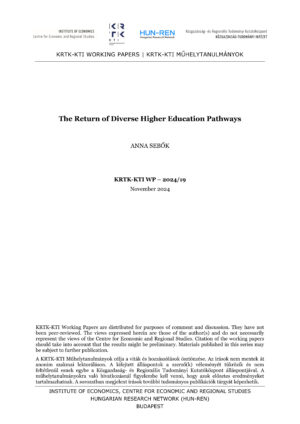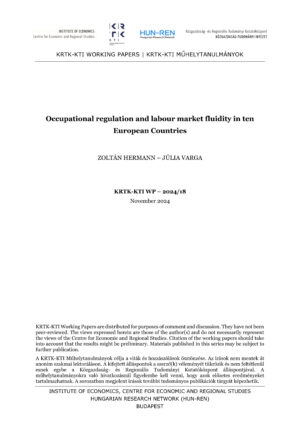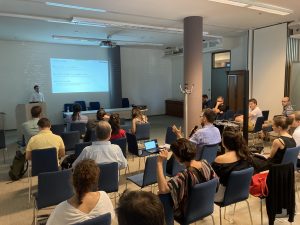A tanulmány négy közép-európai ország – az ún. visegrádi négyek (V4): Csehország, Magyarország, Lengyelország és Szlovákia – innovációpolitikáját, innovációs és gazdasági teljesítményét hasonlítja össze. A nemzetközi szakirodalomban sok szerző a még mindig visegrádi országok – sőt, időnként a közép- és kelet-európai volt tervgazdaságok – hasonlóságát hangsúlyozza, azaz a korábbi „blokk szemlélet” továbbra is meghatározó erejű. Nem tartják fontosnak a különbségeket sem a fejlettség szintjét, sem a változások irányát és ütemét tekintve. A legfontosabb K+F és innovációs mutatók, akárcsak a gazdasági mutatók – bruttó hozzáadott érték, termelékenység, munkanélküliség, infláció, költségvetési hiány, külkereskedelmi mérleg, az export szerkezete – azonban más képet rajzolnak ki. Magyar szempontból különösen nagy figyelmet követel a másik három ország relatíve jobb teljesítménye, ami a nemzetközi versenyképességi rangsorokban is tükröződik.
